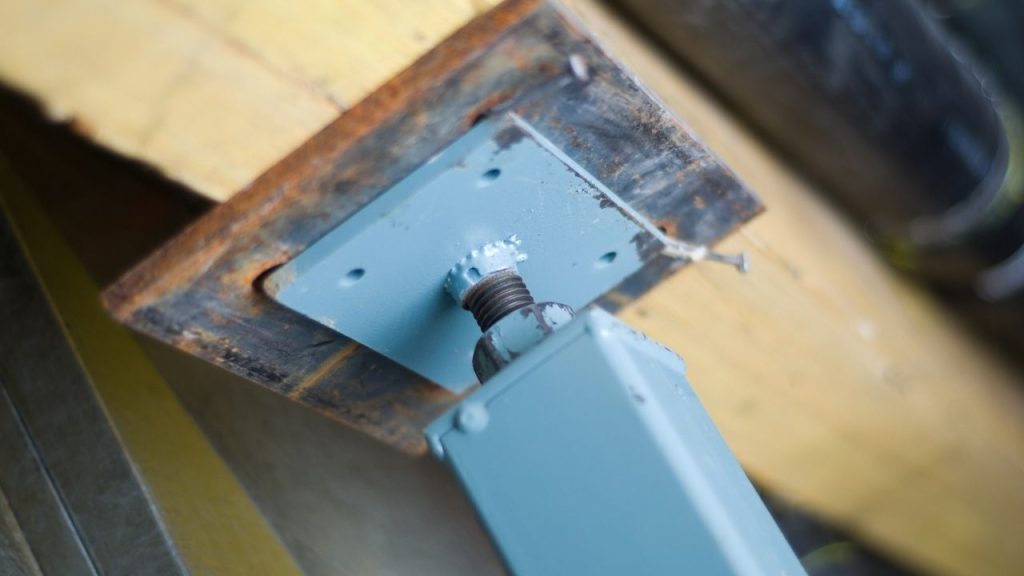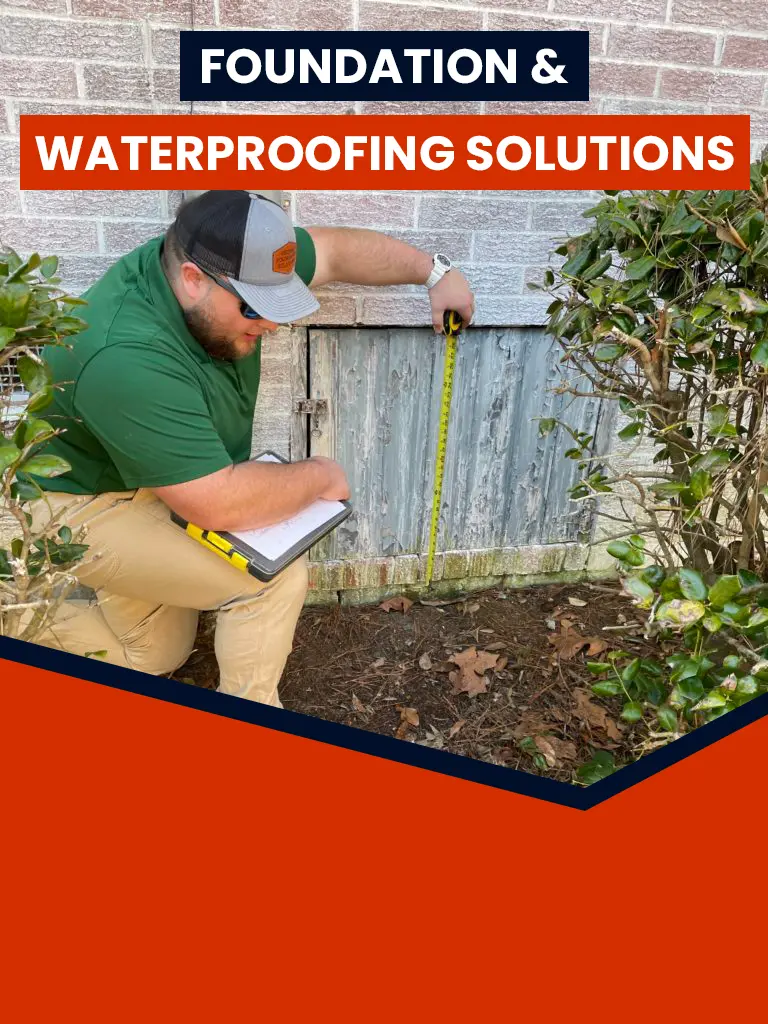If you’re dealing with sagging or uneven floors, installing floor supports can be an effective way to reinforce your home’s structure and prevent further damage. While hiring professionals is often the best option for complex structural repairs, there are some DIY solutions for floor supports that can help stabilize your floors and save you money in the process. However, it’s important to recognize the limits of DIY repairs and understand when it’s best to call in experts like Georgia Foundation Solutions to ensure long-term stability and safety.
In this article, we’ll cover some DIY options for installing floor supports and the steps you can take to strengthen your floors without breaking the bank.
When to Consider DIY Floor Supports
Before starting any DIY project, it’s important to assess whether a do-it-yourself solution is appropriate for your specific situation. DIY floor supports can be a great option if:
- The sagging is minor: If the floor is only slightly uneven or sagging in a small area, a DIY fix may provide enough support to prevent further movement.
- You have access to your crawl space or basement: For DIY floor supports, you’ll need access to the underside of the floor, which is typically in the crawl space or basement.
- You’re comfortable with basic carpentry: Installing floor supports requires tools like a level, saw, and power drill. If you’re comfortable with these, DIY supports can be a cost-effective solution.
However, if your floors show significant sagging or signs of structural damage, DIY floor supports may not be sufficient to address the issue. In such cases, it’s best to consult a professional like Georgia Foundation Solutions. Their expertise ensures that your home remains safe, stable, and properly reinforced, offering solutions far beyond the scope of DIY floor supports for long-term protection.
Tools and Materials for DIY Floor Supports

Here’s a list of tools and materials you’ll need for installing your own floor supports:
- Jacks or adjustable floor jacks: These are essential for lifting and supporting the floor joists. Adjustable jacks are often used in crawl spaces to provide extra support for sagging floors.
- Concrete footing pads: These provide a stable base for the jacks and prevent them from sinking into the soil.
- Pressure-treated lumber: Use 4×4 or 6×6 pressure-treated wood for posts. Pressure-treated lumber is resistant to moisture and wood rot, making it ideal for areas like crawl spaces or basements.
- Screws and brackets: These will be needed to attach the floor supports to the joists.
- Level: You’ll need a level to ensure that your floor supports are even and properly installed.
- Saw and drill: For cutting and securing the lumber.
Step-by-Step Guide to Installing DIY Floor Supports
1. Inspect the Area and Identify the Sagging Sections
The first step in installing floor supports is to identify the areas of the floor that are sagging. Crawl under the house and inspect the joists to see if any are visibly sagging, bowed, or damaged. If you notice significant damage, rotting wood, or severe dips, it’s best to consult a professional like Georgia Foundation Solutions before proceeding.
2. Measure and Cut the Support Posts
Once you’ve identified the areas that need support, measure the distance from the ground or concrete pad to the joists. Use pressure-treated lumber to cut support posts to the appropriate height. If you’re using adjustable floor jacks, the posts should be slightly shorter so that the jacks can lift the joists into place.
3. Install Concrete Footing Pads
Before installing the supports, place concrete footing pads beneath the area where the floor jack or post will sit. This ensures that the support doesn’t sink into the ground over time. The footing should be level and provide a stable base for the support post or jack.
4. Lift the Floor Using Jacks
If the sagging is significant, you’ll need to use a floor jack to lift the joists back to their original position. Place the jack beneath the sagging joist and slowly lift it until the floor is level. Be sure to raise the floor gradually over time—rushing the process can cause further damage to the structure. Once the floor is in position, install your support post or adjustable jack beneath the joist.
5. Secure the Support Post or Jack
With the joists now in the correct position, secure the support post or jack to the joist using screws and brackets. Make sure the post is vertical and securely attached to both the joist and the concrete footing. If you’re using adjustable jacks, adjust them to provide firm support under the floor.

Use a level to ensure that the floor is even and properly supported. If everything looks good, repeat the process for any other sagging areas.
6. Monitor and Make Adjustments
After installing the supports, it’s important to periodically check the floor jacks or posts to ensure they’re holding up properly. Adjustable jacks can be tightened over time if needed to maintain the proper level.
When to Call a Professional
While DIY floor supports can effectively address minor sagging, there are situations where professional assistance becomes essential to ensure safety and stability. When issues extend beyond what DIY floor supports can resolve, it’s time to call in experts like Georgia Foundation Solutions. Their expertise ensures that all structural concerns, from sagging floors to weakened joists, are addressed with precision and long-term solutions. Here’s when to call in experts like Georgia Foundation Solutions:
1. Extensive Structural Damage
If your floor joists are significantly damaged, rotting, or bowing, a DIY fix won’t be enough to solve the problem. Professionals can replace the damaged joists and reinforce the floor to ensure long-term stability.
2. Foundation Problems
In some cases, sagging floors are caused by foundation settlement or shifting. This is a serious issue that requires professional attention. Georgia Foundation Solutions can assess the condition of your foundation and provide solutions like foundation piers or stabilization methods to prevent further settling.
3. Long-Term Moisture Problems
If your home has recurring moisture problems—especially in crawl spaces or basements—it’s crucial to address the source of the moisture before installing floor supports. Professionals can install moisture control systems like crawl space encapsulation, sump pumps, or drainage solutions to protect your home from future damage.
4. Large-Scale Sagging
If your entire floor is sagging or sloping, a DIY solution may not be enough to correct the issue. Large-scale sagging often indicates a deeper structural problem that needs professional intervention to prevent further damage.
How Georgia Foundation Solutions Can Help
While DIY floor supports offer a quick and cost-effective solution for minor sagging, larger structural issues often demand expert attention. At Georgia Foundation Solutions, we specialize in diagnosing and repairing sagging floors, weakened joists, and underlying foundation problems. Our experienced team can evaluate your home’s specific needs and provide customized solutions, including reinforcing floor supports, improving moisture control, and performing comprehensive foundation repairs.
If you’re uncertain whether DIY floor supports are the right option for your home, our professionals are here to help. Georgia Foundation Solutions ensures your floors are properly stabilized and your home is safeguarded against long-term structural damage. Don’t hesitate to reach out for expert advice on whether DIY floor supports or professional intervention is the best choice for your situation.

